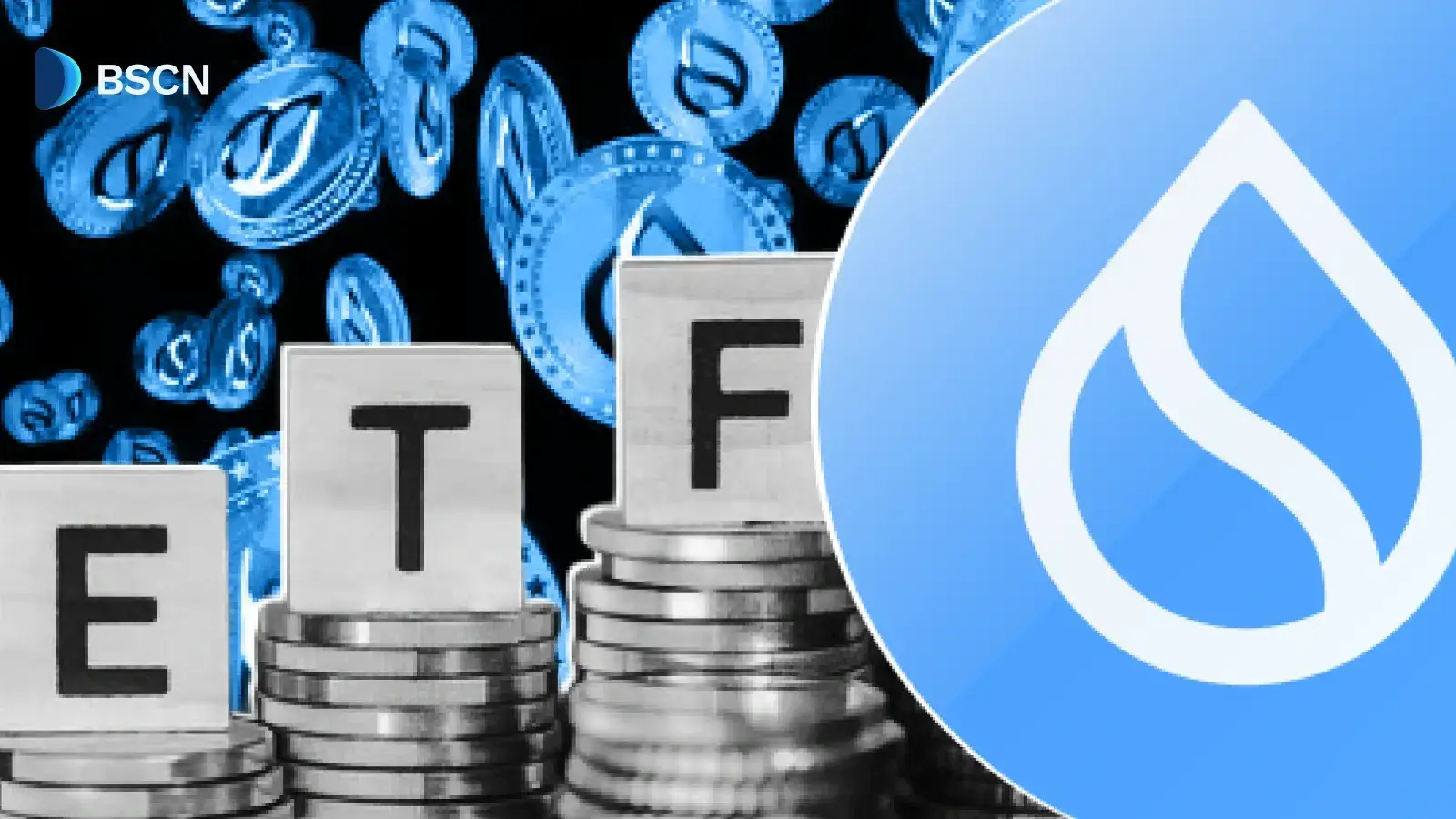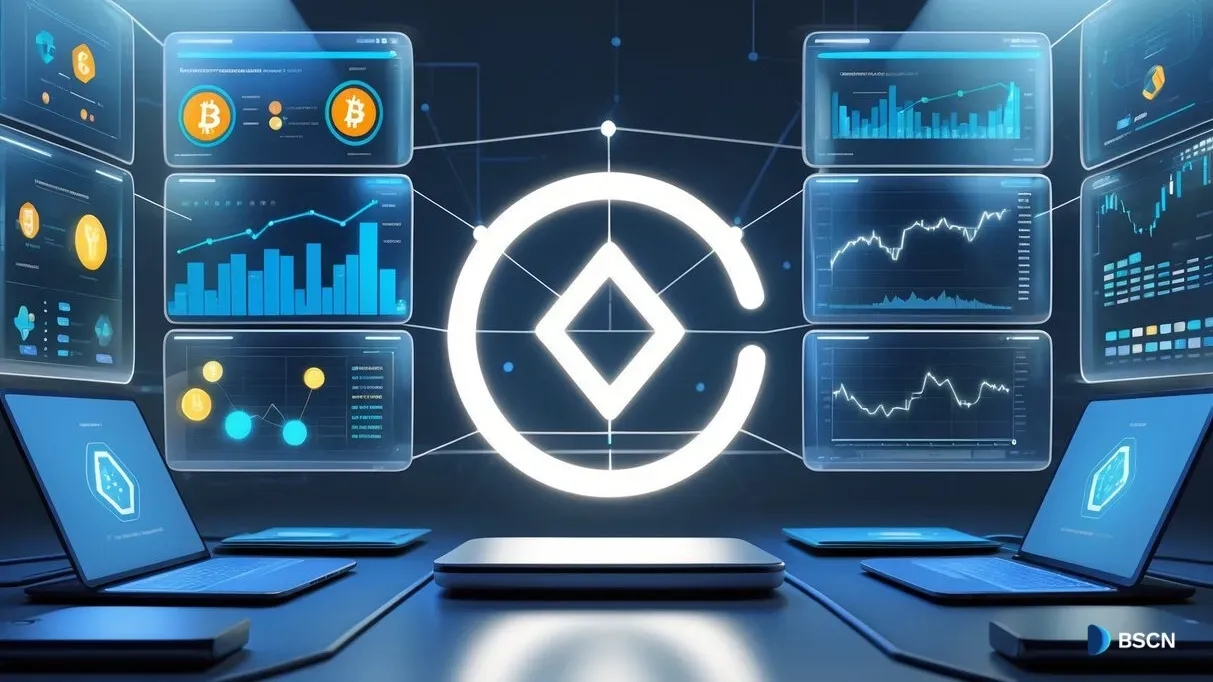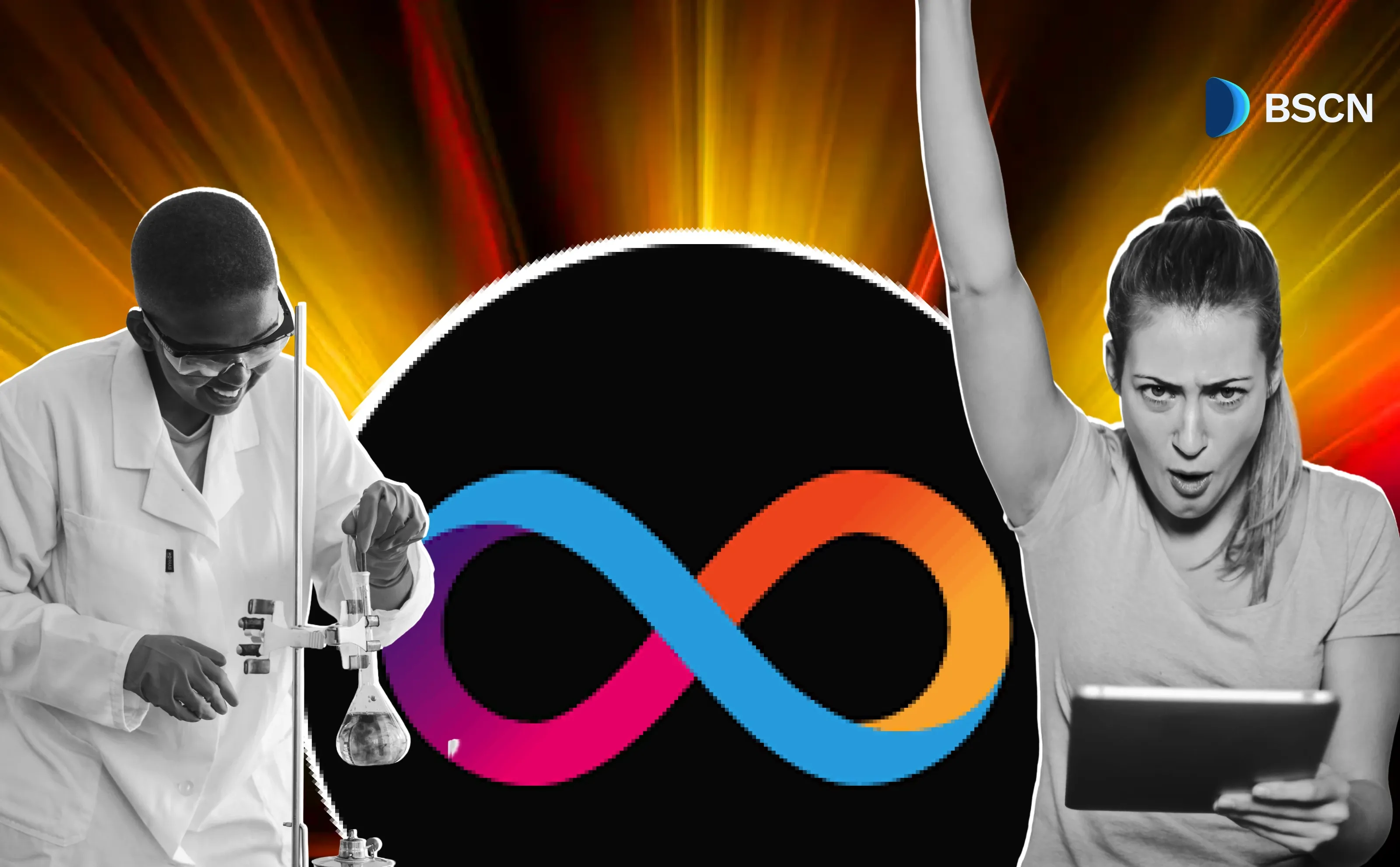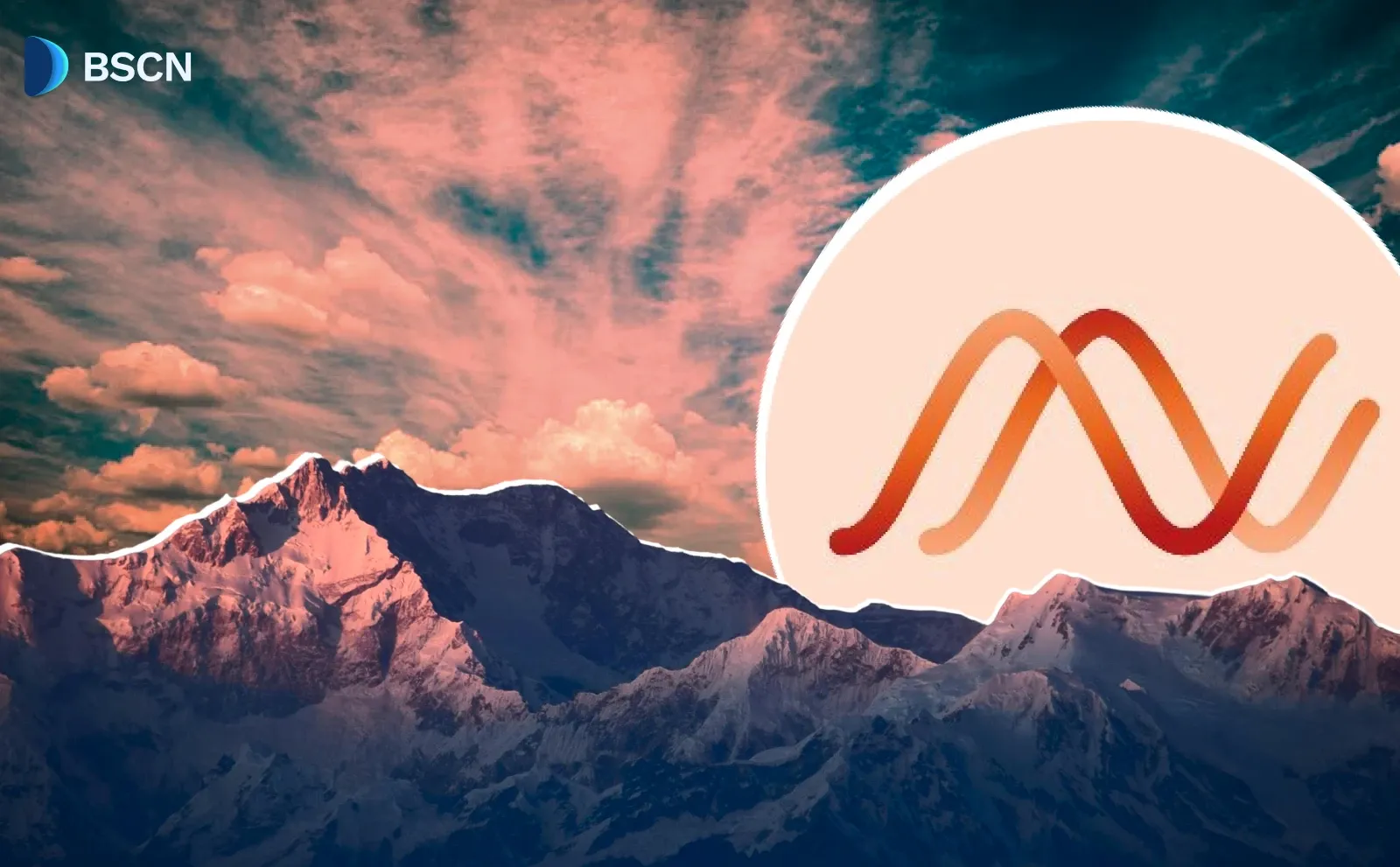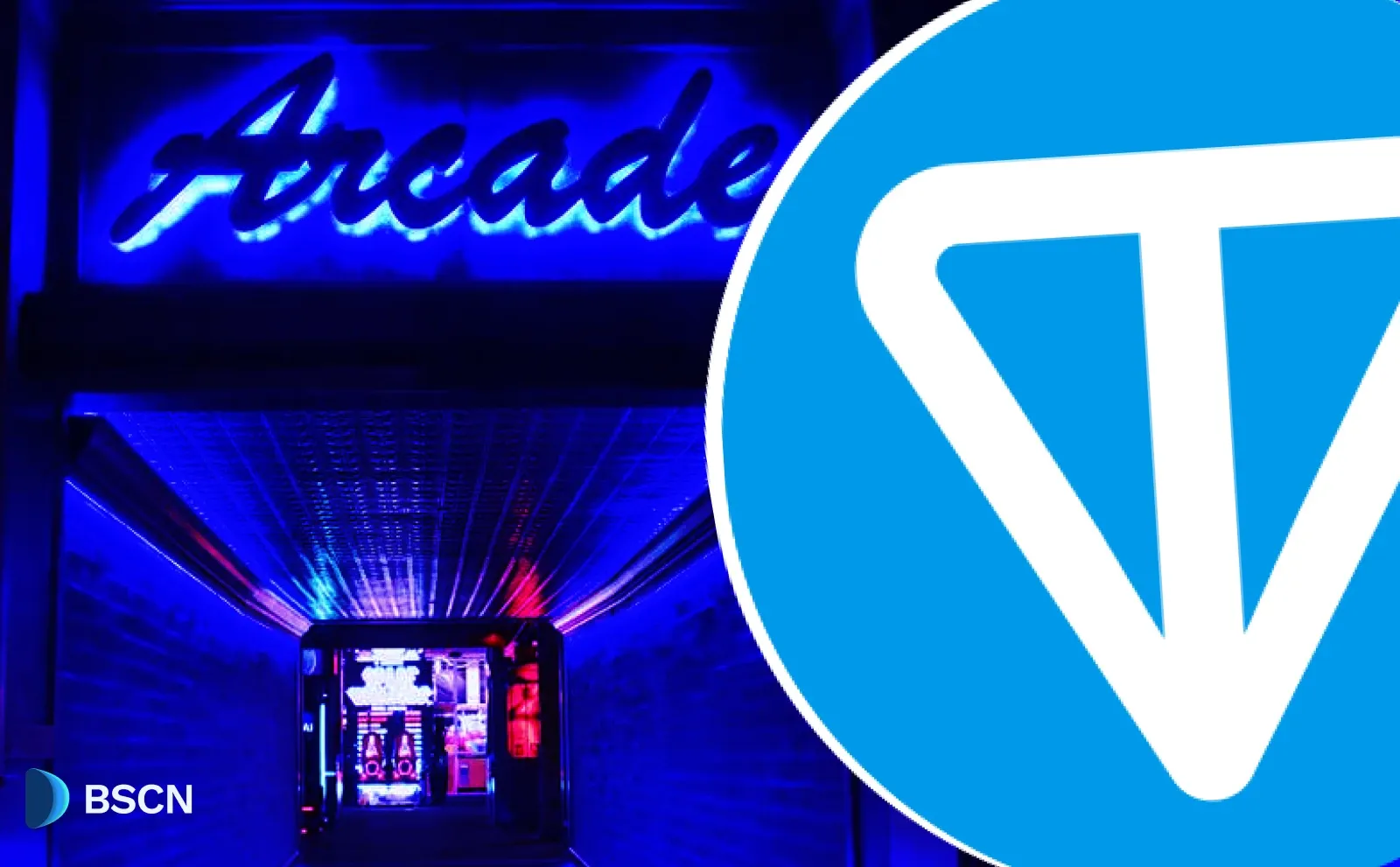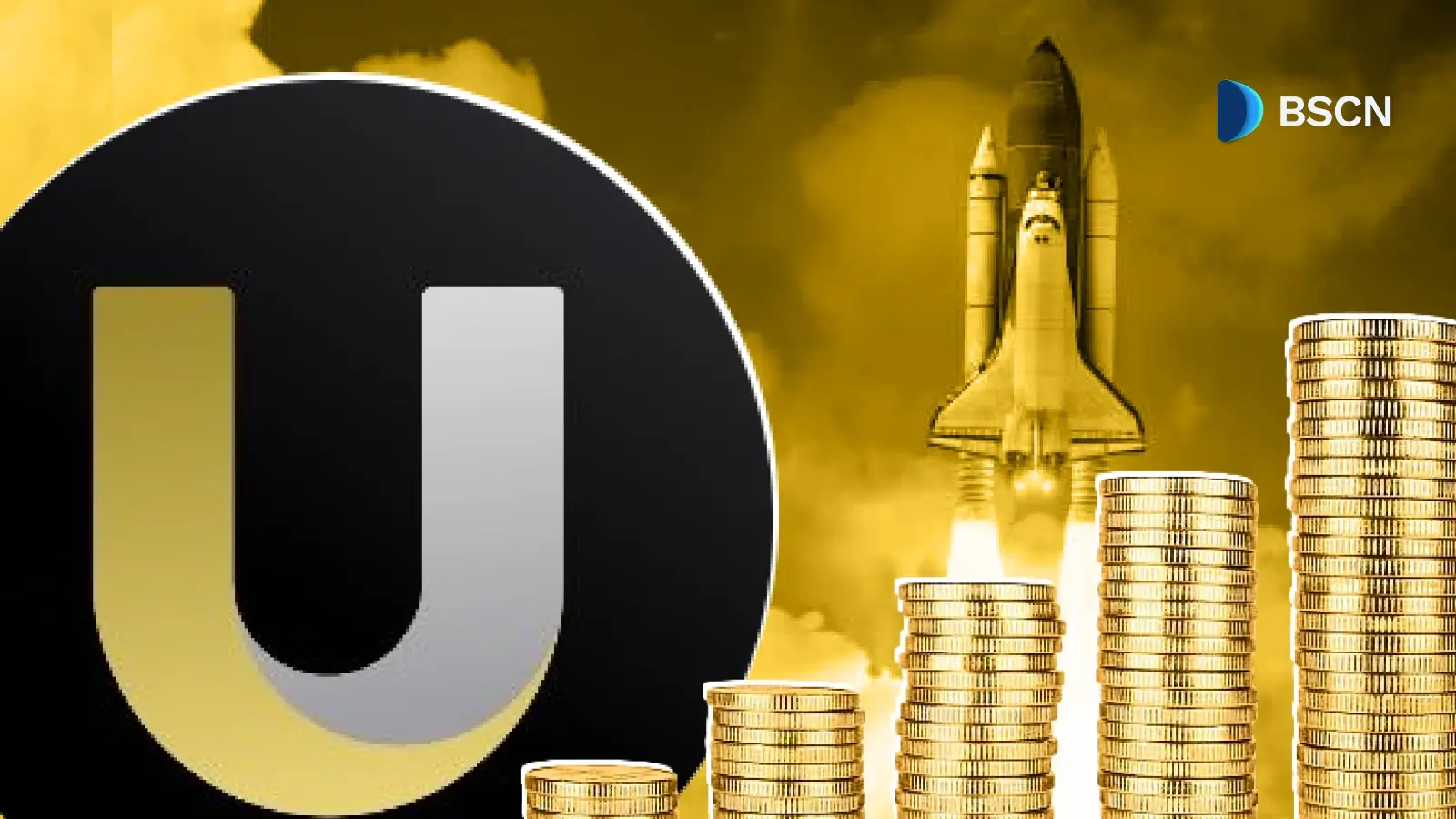News
(Advertisement)
What Is Allora Network?

Allora Network (ALLO) is a decentralized AI network for self-improving machine learning models.
Soumen Datta
November 11, 2025
(Advertisement)
Table of Contents
Binance has announced Allora Network (ALLO) as the 58th project on its HODLer Airdrop platform. Trading for ALLO begins on November 11, 2025, at 21:00 (UTC+8), with pairs against USDT, USDC, BNB, and TRY under Seed Tag rules.
#Binance is excited to announce the Allora (ALLO) HODLer Airdrop – @AlloraNetwork
— Binance (@binance) November 11, 2025
BNB Holders, get ready! The Airdrop page will be available on the Binance Airdrop Portal in 24 hours. Plus, this token will be listed on Binance soon!
👉 https://t.co/OPanqAGI1Y pic.twitter.com/CPFcr9Iu0a
Allora is a decentralized artificial intelligence (AI) network that aims to make machine learning smarter through collaboration and transparency. Instead of relying on a single large AI model owned by a company, Allora connects multiple models that work together, evaluate each other, and improve collectively.
What Is Allora Network?
At its core, Allora Network is a self-improving AI ecosystem. It enables machine learning models to collaborate, learn from one another, and continuously evolve through a feedback loop of prediction, evaluation, and correction.
Developed by Allora Labs (formerly Upshot), the project builds on years of research into predictive oracles and zero-knowledge machine learning (zkML). The team’s goal is to build what they call a “decentralized intelligence layer” — an open, verifiable, and economically driven framework that allows any blockchain application to access collective intelligence without depending on centralized AI providers.
The Allora Foundation oversees governance, protocol upgrades, and community coordination, ensuring development stays transparent and aligned with its mission.
Why Allora Exists
Modern AI development is dominated by large corporations that control access to proprietary models. These systems, while powerful, are often opaque and unverifiable. Users can’t confirm how models reach decisions, what data they use, or whether results are manipulated.
Allora challenges this model. It aims to create open, verifiable, and decentralized AI intelligence that aligns with blockchain values — transparency, collaboration, and distributed ownership.
Unlike projects that focus solely on decentralized computing, such as Bittensor or Gensyn, Allora focuses on aggregating and refining predictions from multiple AI models. It’s not about raw processing power, but about how AI knowledge is generated, validated, and monetized.
In this sense, Allora acts as a collective intelligence network, capable of improving itself based on measurable performance and real-time feedback.
How Allora Network Works
Allora’s operation is built around three primary layers, each with a specific function.
1. Inference Consumption Layer
This is the user-facing interface. Applications request AI predictions here — whether for price forecasting, DeFi strategies, or sentiment analysis. Each task is organized under what Allora calls a “topic.”
2. Forecasting and Synthesis Layer
This is the computational heart. It includes:
- Workers — machine learning models that generate predictions (inferences).
- Reputers — agents that evaluate these predictions and determine their accuracy.
Together, these participants continuously refine model performance through evaluation and competition.
3. Consensus and Incentive Layer
This layer governs the economy and reputation system. It allocates rewards based on how well models perform, adjusts each model’s influence in aggregated predictions, and handles staking, delegation, and topic creation.
Through this structure, Allora creates a self-correcting feedback loop, where models compete and cooperate simultaneously, improving overall output quality without centralized control.
Topics: The Building Blocks of Intelligence
In Allora, intelligence is distributed across topics, which function as specialized sub-networks for distinct machine learning tasks.
For instance:
- One topic could focus on predicting ETH price movements.
- Another could specialize in sentiment analysis on social media.
Each topic has its own rules, performance metrics, and coordinator. This allows context-aware learning, meaning models adapt their methods based on the nature of the task.
Developers can launch new topics for any purpose, making Allora highly adaptable across industries — from finance to gaming to data analytics.
The Roles That Power Allora
The network depends on three main participant roles that ensure collaboration and performance.
- Workers: Generate predictions and forecast the performance of others. Their dual role ensures accountability and collaboration.
- Reputers: Verify results by comparing them to known data (ground truth). Their evaluations decide how much trust each model earns.
- Coordinators: Manage topic operations, handle budgets, and aggregate the final outputs for applications.
This structure ensures accuracy and fairness, preventing dominance by any single model while promoting healthy competition among contributors.
Continuous Improvement Through Feedback
Allora’s self-improving system is its central innovation. Each interaction between models and evaluators creates a continuous feedback loop:
- Workers produce predictions.
- Reputers compare predictions with verified data.
- Coordinators update model weights based on performance.
Two mechanisms drive this evolution:
- Weighted Aggregation — Models with better track records gain more influence over final predictions.
- Structured Feedback — Evaluation results adjust future model behavior, driving constant refinement.
Over time, this process filters out poor performers while rewarding accurate contributors, ensuring the network grows more intelligent and reliable with every cycle.
Security and Verification Through zkML
A major challenge for any AI network is verifiability — ensuring results are genuine and untampered.
Allora addresses this using zero-knowledge machine learning (zkML), a cryptographic technique that allows proofs of computation without revealing underlying model data.
This gives Allora several key advantages:
- Protects model intellectual property while proving authenticity.
- Enables on-chain AI outputs that don’t rely on centralized servers.
- Ensures trust in high-stakes environments such as DeFi, governance, or cybersecurity.
For example, a model could provide an on-chain price prediction accompanied by a zk proof that confirms it was produced by a verified algorithm — without disclosing how.
The ALLO Token
The ALLO token is the core of Allora’s economy. It powers value exchange between participants and maintains the network’s incentive structure.
Key functions include:
- Payments: Used to pay for inference services and access specialized AI outputs.
- Staking: Required for validators, reputers, and coordinators to secure the system.
- Rewards: Distributed to contributors who generate accurate or useful results.
Participants who stake ALLO or contribute AI models earn rewards, directly linking economic gain to the quality of their work.
Allora Network Tokenomics
Allora adopts a Pay-What-You-Want (PWYW) model, allowing users to decide how much ALLO they spend for AI inferences. This flexible structure aligns economic incentives with perceived value.
Main features:
- Topic Participation: ALLO is required to join or interact within topics.
- Staking and Delegation: Validators and reputers stake ALLO; token holders can delegate to them.
- Reward Distribution: Newly minted ALLO is awarded based on performance metrics.
- Emission Schedule: The supply follows a gradual, decreasing schedule, similar to Bitcoin’s halving, ensuring long-term scarcity and predictable inflation.
Allora Network’s native token, ALLO, has a maximum supply of 1 billion tokens. At launch, 20.05% of the total supply will be in circulation.
The token will first be available on the Allora mainnet and, after the Public Mainnet launch, will also expand to other networks through supported bridges.
Most of the ALLO supply will go to the Allora community through different segments, including the Ecosystem, Foundation, Prime Staking Rewards, and initial availability programs.
Token Details
- Maximum Supply: 1,000,000,000 ALLO
- Token Decimals: 18
- Token Standard: Allora (ICS20)
- Multichain Availability: Available on Day 1 with bridges to Ethereum Mainnet, Base, BNB Chain, and other networks
Initial Distribution:
- Network Emissions – 21.45%
- Foundation – 9.35%
- Community – 9.30%
- Ecosystem & Partnerships – 8.85%
- Allora Prime Staking Rewards – 2.50%
- Backers – 31.05%
- Core Contributors – 17.50%
Token Allocation
Ecosystem & Partnerships (8.85%)
8.85% of ALLO is set aside to grow the Allora ecosystem. These tokens will fund grants and rewards for teams building on the Allora Network.
Half of this allocation unlocks on Day 1, and the remaining 50% unlocks linearly over two years following the Token Generation Event (TGE).
Foundation (9.35%)
9.35% of ALLO will fund network operations and development, ensuring Allora continues to expand as a decentralized intelligence layer.
From this portion, 4.925% unlocks on Day 1 to support liquidity and staking security. The rest will unlock linearly over two years after TGE.
Community Pool (9.30%)
9.30% of ALLO will go to the community, rewarding participants who contributed during the testnet and early development phases.
Allora Prime Staking Rewards (2.50%)
2.50% of ALLO will fund Prime Staking Rewards, a premium program that incentivizes early stakers and helps strengthen network security.
Network Emissions (21.45%)
21.45% of the supply will reward workers, reputers, and validators who maintain and enhance the network.
Rewards come from emissions, transaction fees, and inference requests. The emission rate adjusts dynamically based on circulating supply, staked tokens, and network activity, keeping incentives aligned with real performance.
Core Contributors (17.50%)
17.50% of ALLO is reserved for early contributors, including Allora Labs, who built the network’s core technology.
These tokens are locked for three years:
- 12-month lockup
- 33% unlock after one year
- Remaining 67% unlock linearly over the next 24 months
Early Backers (31.05%)
31.05% of ALLO is allocated to early backers who offered financial, strategic, or advisory support to the project.
This allocation follows the same three-year vesting schedule:
- Locked for 12 months
- 33% unlock after the first year
- The rest unlocks linearly over the next two years
Conclusion
Allora Network introduces a decentralized, self-improving AI framework where multiple machine learning models cooperate, evaluate, and evolve together. It aims to make AI outputs verifiable, transparent, and accessible — without centralized intermediaries.
With its layered architecture, zkML integration, and ALLO-based incentive system, Allora offers a technically sound solution for decentralized intelligence aggregation.
Binance’s listing of ALLO through the HODLer Airdrop marks a big step toward integrating AI networks into mainstream crypto ecosystems.
Resources:
Announcement - Introducing Allora (ALLO) on Binance HODLer Airdrops! Earn ALLO With Retroactive BNB Simple Earn Subscriptions: https://www.binance.com/en/support/announcement/detail/ea6c4d237ad14eb38169221c01fbd992
Allora Network blog: https://www.allora.network/blog
Allora network whitepaper: https://research.assets.allora.network/allora.0x10001.pdf
Allora Network X platform: https://x.com/AlloraNetwork
Read Next...
Frequently Asked Questions
What is Allora Network?
Allora Network is a decentralized AI platform where machine learning models collaborate, evaluate one another, and improve collectively through transparent mechanisms.
What is the ALLO token used for?
ALLO is used for payments, staking, and rewards across the network. It powers all interactions within Allora, including inference requests and validator operations.
When does ALLO trading start on Binance?
Trading for Allora Network (ALLO) begins on November 11, 2025, at 21:00 (UTC+8) under Binance’s Seed Tag rules.
Disclaimer
Disclaimer: The views expressed in this article do not necessarily represent the views of BSCN. The information provided in this article is for educational and entertainment purposes only and should not be construed as investment advice, or advice of any kind. BSCN assumes no responsibility for any investment decisions made based on the information provided in this article. If you believe that the article should be amended, please reach out to the BSCN team by emailing [email protected].
Author
 Soumen Datta
Soumen DattaSoumen has been a crypto researcher since 2020 and holds a master’s in Physics. His writing and research has been published by publications such as CryptoSlate and DailyCoin, as well as BSCN. His areas of focus include Bitcoin, DeFi, and high-potential altcoins like Ethereum, Solana, XRP, and Chainlink. He combines analytical depth with journalistic clarity to deliver insights for both newcomers and seasoned crypto readers.
(Advertisement)
Latest News
(Advertisement)
Crypto Project & Token Reviews
Project & Token Reviews
Comprehensive reviews of crypto's most interesting projects and assets
Learn about the hottest projects & tokens




